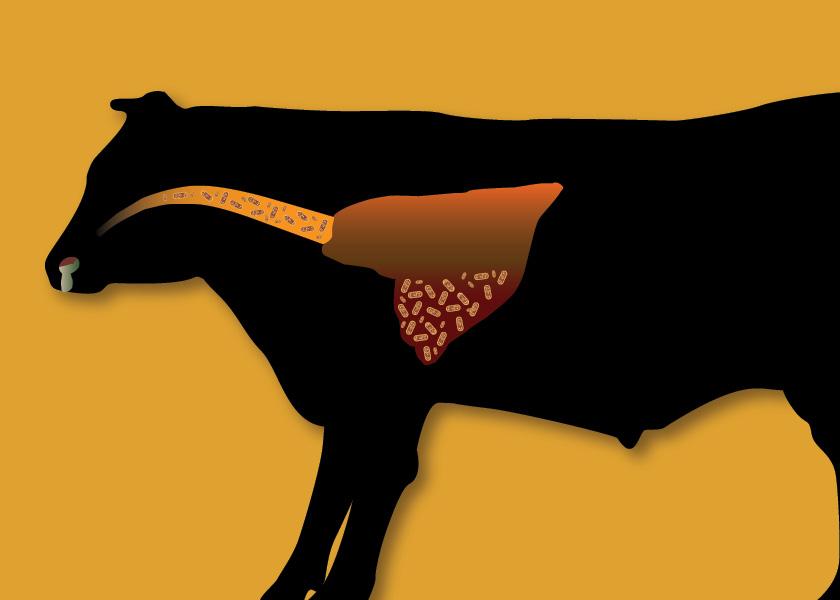AABP and AVC Develop Guidelines to Protect Veterinary Business in the Event of a Foreign Animal Disease Outbreak

The American Association of Bovine Practitioners (AABP) and the Academy of Veterinary Consultants (AVC), two organizations representing cattle veterinarians, have jointly developed guidelines to help protect veterinary businesses in the event of a foreign animal disease (FAD) outbreak such as foot and mouth disease, especially those practices that are not within a disease control area during an outbreak.
The AABP/AVC FAD Task Force has the guidelines available on the AABP website at http://aabp.org/committees/resources/AABP_AVC_FMD_101722.pdf and the AVC website at http://www.avc-beef.org/members/MembersOnlyLinks.asp (must be logged on to view).
The FAD Task Force was formed due to an identified need. Veterinarians should be prepared to safely and effectively continue providing services to their clients and maintain clinic business continuity in the face of an FAD outbreak. Currently, there are no specific guidelines from the AVMA or other organizations available for veterinarians for things to consider in managing a private veterinary practice in the event of a foreign/transboundary animal disease outbreak. The task force was a collaborative effort between AABP and AVC to develop a resource for veterinarians. These guidelines address steps to safeguard clinics, implement biosecurity, maintain continuity of business and other topics.
For veterinarians serving clients within a disease control area, specific disease control actions will be communicated by state and federal animal health officials. These animal health authority disease control actions include, but are not limited to: stop-movement, quarantine, surveillance testing, and animal depopulation and disposal.
“Because it is expected that resources will be prioritized to meet the needs of disease control areas around infected premises, fewer resources will be available for animal owners/managers and veterinarians located outside of disease control areas,” explain AVC Executive Director Dr. Bob Larson. “This document is intended to provide information that will help veterinary practitioners who are located outside disease control areas to maintain essential public and private veterinary services, both haul-in and farm-call services, throughout an FAD emergency while implementing and maintaining critical biosecurity protocols to mitigate potential disease spread.”
The document includes information about the movement restrictions that are likely to be initiated on Day 1 in the event of an FAD outbreak, contingency planning for the veterinary clinic’s business continuity, suggested biosecurity for both on-farm and haul-in situations, answers to potential questions from clients, and links to websites that can provide additional information.
“The leadership of both the AABP and the AVC look for areas where our combined efforts can most efficiently serve the needs of bovine practitioners and consultants,” Larson says. “This task force is just one example of how the two largest professional organizations focused on cattle veterinarians work together to serve the veterinary profession and livestock industries.”







